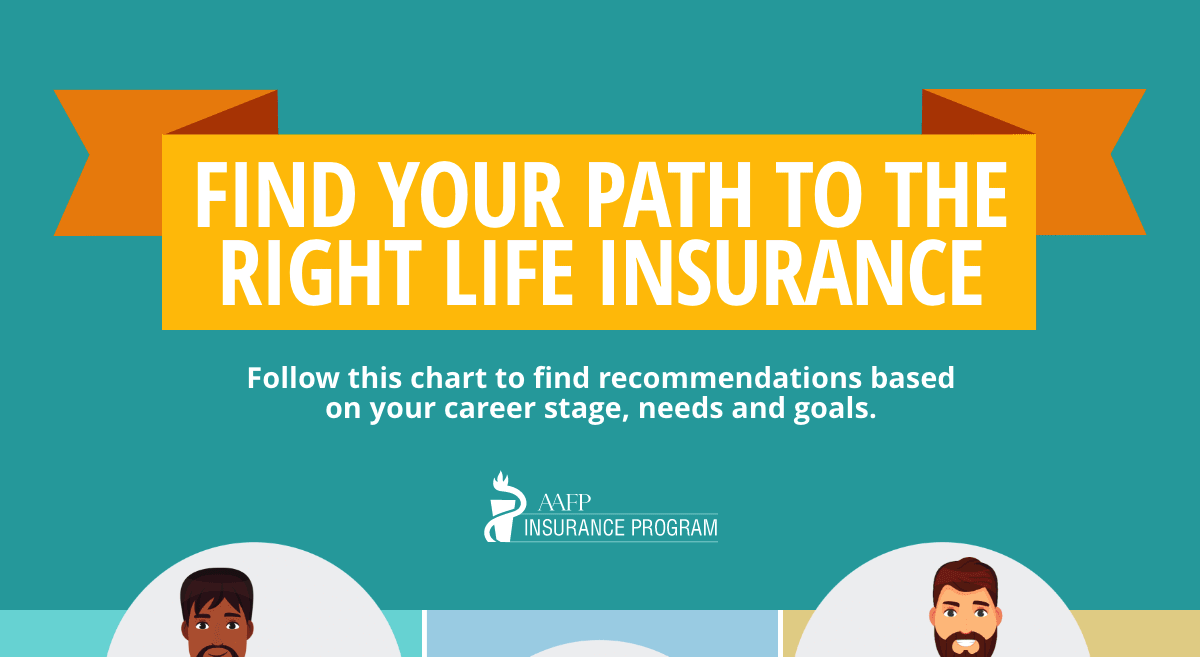We’ve outlined several strategies based on their tax implications. It’s essential to remain current on changes to the Tax Cuts and Jobs Act. And you should be talking with a financial advisor who can help with tax planning. Careful tax planning will help you to take advantage of allowable deductions.
Once you find a financial advisor you want to work with, you should meet at least once a year to discuss strategies to:
- DECREASE your taxable income
- DEDUCT everything that’s legally allowed
- DONATE to charities of your choice
- DELAY taxes until retirement if you believe your tax rate will be lower at that time
Tax Strategies for Paying for Children’s Education
Consider a 529 Plan for college savings, which allows savings to grow tax-deferred. Plus, there’s no federal tax on monies applied to school expenses.
Contributions are subject to federal gift tax law, but some states offer incentives: Arizona, Kansas, Minnesota, Missouri, Montana and Pennsylvania offer a state tax break on contributions. Indiana, Utah, Vermont and give tax credits. Minnesota’s taxpayers can choose between a tax credit or a deduction for contributing to a state 529 plan. Finally, Colorado, New Mexico, South Carolina and West Virginia allow for a deduction equal to the full amount contributed.
Another real plus is that you can use 529 Plan assets to pay for both college and private K-12 schooling (up to $10,000/year per child for private school).
If your children are out of school, you could consider setting up a 529 Plan for your grandchildren.
Tax Strategies for Charitable Deductions
Now that the standard deduction has increased to $24,000 for couples, you may be wondering where the tax advantages are in making multiple small charitable deductions.
Here’s a suggestion: Make one large donation using your appreciated securities to a donor-advised fund (DAF), which is registered as a 501(c)(3). Opening a donor-advised fund is free, but you will pay a small annual fee for the fund’s administration. You receive your tax deduction for any contributions you make to the fund and then can recommend grants from the fund to your preferred charities whenever you like.
In addition to providing a way to make many small donations and enjoy maximum tax advantage, there are several benefits of having a donor-advised fund:
- You can reduce tax liability in a windfall year by making a large contribution to your DAF and taking an immediate deduction—on gifts of appreciated assets, that deduction can be up to 30% of your adjusted gross income.
- Money in your DAF grows tax-free.
- You can reduce or, in some cases, eliminate capital gains on appreciated assets given to the fund.
- Finally, you have the luxury of knowing the funds are available to distribute as charitable grants whenever you find something you would like to support.
Tax Strategies Using Tax Losses
It’s called tax-loss harvesting. By selling an investment that’s in a taxable account at a loss, you can offset tax on ordinary income. You can use the first $3,000 in the current year and carry forward the rest to be used over future years until you use it up.
Tax Strategies for Health Savings Accounts
The tax advantage of the Health Savings Account is making contributions that are tax-deductible and allowing the balance to grow tax-deferred. You can contribute up to $6,900 annually for a family plan and $3,450 for a self-only plan. And for qualified healthcare expenses in your retirement years, you can take tax-free distributions. The primary caveat is that to be eligible to contribute, you must be covered by a High Deductible Health Plan (HDHP).
Tax Strategies for Physician Employees
In 2019, if you are an employee of a for-profit healthcare organization, you can put up to $19,000 in pre-tax dollars annually into a 401(k) plan where the balance will continue to grow tax-deferred. If you are 50 or older by year-end, you may use the catch-up contribution option to defer up to $6,000 more annually.
At withdrawal, qualified distributions are taxed as ordinary income. If your income bracket is lower in retirement than while you’re working, you will benefit. If you make an early withdrawal (before 59 ½ years of age), however, you may be subject to tax and a 10% penalty.
If you work for a government or nonprofit healthcare organization, the process works the same except you’ll be contributing to a 403(b) plan.
If you work for a state or local government healthcare organization and have access to a 457(b) plan, you have the same deferral rates and withdrawal regulations as above. There is one caveat: If you have access to both 403(b) and 457(b), you may contribute the maximum to both independently.
If you have an NGO 457, which is a non-government organization 457(b), you need to be aware of a potential risk. They may be forfeited, and your savings lost if the sponsoring employer goes bankrupt. Also, if you change jobs, the funds can only rollover to another NGO 457. Otherwise, they remain in the original NGO fund until you’re ready to withdraw…or the fund is forfeited.
Finally, if your nonprofit employer offers a 401(a) plan, known as a money purchase plan, you may receive contributions on your behalf—typically these mandatory deferrals are based on a percentage of compensation or a flat dollar amount. These balances are eligible to be rolled over to an IRA or another qualifying plan.
Tax Strategies for Self-Employed Physicians
In addition to many more tax deductions on business-driven expenses, if you are self-employed, work locum tenens or your income is reported on a 1099 form, you have some different pension and retirement plan options:
The SEP-IRA is an IRA set up under a Self Employed Pension Plan that allows you to contribute more to a conventional IRA than otherwise possible. You can contribute tax-deferred the lesser of $56,000 or 25% of your income as adjusted for self-employment tax. You may also contribute to a separate IRA or Roth IRA. Balances grow tax-deferred and are taxed based on your income bracket at the time of withdrawal. Balances also may be rolled over to other qualified retirement plans.
If you are in practice alone or with only a spouse, you have the option of a One-Participant 401(k)—also called a solo-k. It’s very similar to a standard 401(k), except that you are not required to conduct nondiscrimination testing. And if the plan holds less than $250,000, you are not required to file a 5500-SF.
Tax Strategies for Physician Employers
If you are a self-employed physician, you can also create a defined benefit plan or pension plan for yourself and your employees. This is an opportunity in 2019 to contribute up to $225,000 in pre-tax dollars.
Because there are significant regulatory compliance issues under the Employee Retirement Income Security Act of 1974 (ERISA) as well as IRS tax code, you will want to talk with a registered investment advisor about providing third-party administration.
You also have the option to add a defined benefit plan on top of a defined contribution plan for additional savings. You will need to make regular contributions on behalf of your staff, but the decision may be well worth it in terms of how much you can save for retirement.
Two More Tax Strategies to Consider
Even if you have a pension plan or other retirement plan, you and your spouse can still make contributions to a personal IRA or Roth IRA based on earned income and assuming you and/or your spouse are under the age of 70 ½. These contributions may not always be tax deductible, but they are still savings that can grow tax-deferred.
Also, you have the option of a Spousal IRA, which can be a traditional IRA or Roth IRA. But instead of your spouse earning and saving, this is an option to put aside money for a non-earning spouse. While the non-earning spouse must meet the standard requirements (married, filing jointly) for making an IRA contribution, you make the contribution, which is up to $6000 in 2019. Your only requirement is to have earned income at least in the amount that you contribute to your non-working spouse’s IRA.
As you begin to consider your plan options, deductions and deferred tax strategies, discuss these and other opportunities with an ERISA attorney, pension actuary or registered investment advisor.




